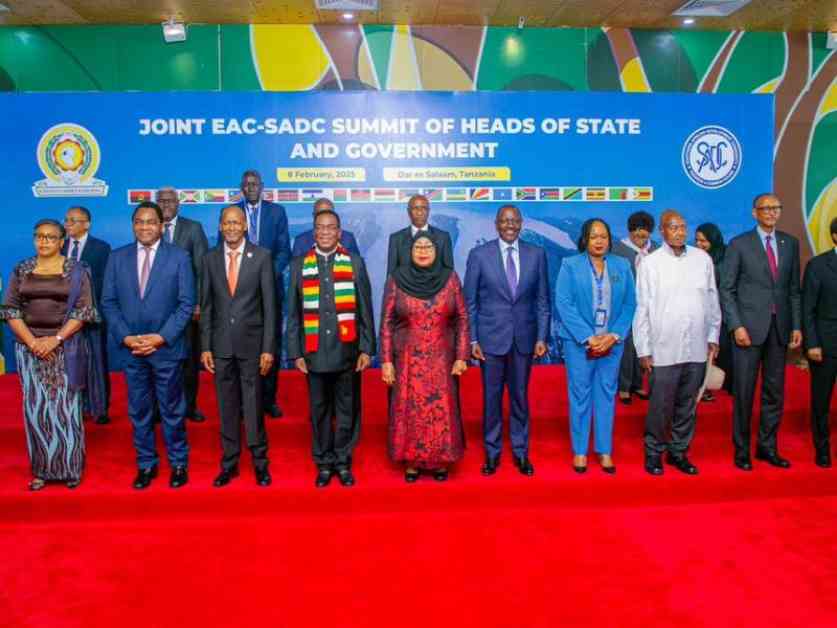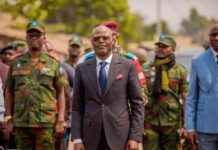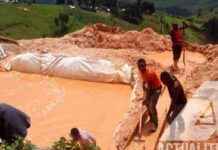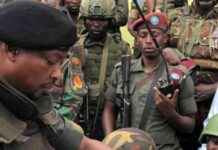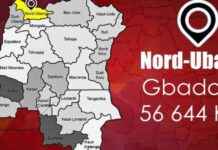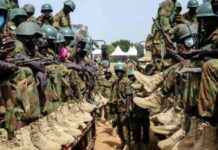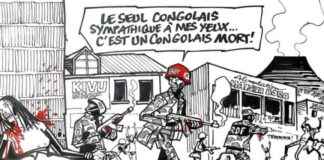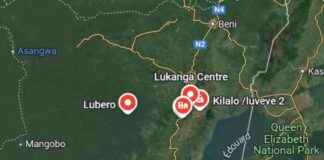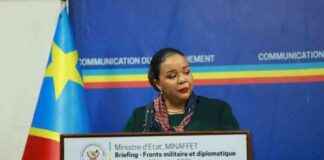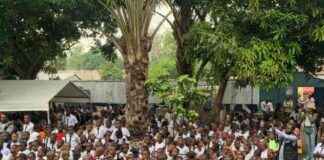A crucial joint summit of the East African Community (EAC) and the Southern African Development Community (SADC) kicked off this Saturday in Dar es-Salaam, Tanzania, to address the security and humanitarian crisis in the eastern Democratic Republic of Congo (DRC), particularly in Goma, the capital of North Kivu. President Félix Tshisekedi of the DRC is participating in the discussions via video conference from his offices at the African Union Headquarters in Kinshasa, while Prime Minister Judith Suminwa Tuluka represents the country on-site. During her opening speech, Tanzanian President Samia Suluhu Hassan urged her counterparts to “rise above” to find a lasting solution to the crisis in the DRC. “History will judge us harshly if we remain idle and watch the situation worsen day by day,” she said, calling for an “African solution to African problems.”
Concerns and Calls for Action
Kenyan President William Ruto, who leads the EAC, emphasized the severity of the situation, stating that it “affects the entire international community” and that “this summit must lay the foundation for a better future.” Without explicitly naming Rwanda, he called on the March 23 Movement (M23) to halt all progress and the DRC armed forces to cease retaliations, advocating for “an immediate ceasefire” as a prerequisite for constructive dialogue. Meanwhile, Zimbabwean President and current SADC leader Emmerson Mnangagwa urged participants to show “solidarity,” recalling the unity of African leaders during the struggles against colonization. “I urge you to approach this issue with honesty, open-mindedness, and flexibility,” he emphasized.
Ugandan President Yoweri Museveni reiterated his call for direct dialogue between President Tshisekedi and rebel groups. “There is no better forum than this summit to address this issue,” he asserted. The DRC expects concrete measures from this meeting, including the condemnation of Rwanda for its alleged involvement in the invasion of Goma, the immediate withdrawal of Rwandan troops from Congolese localities, the reopening of the Goma airport to facilitate the delivery of humanitarian aid, and the restoration of the city to Congolese authorities. The discussions are ongoing behind closed doors.
Expert Insights and Future Prospects
As experts analyze the implications of these demands and the potential outcomes of the summit, it is evident that finding a sustainable solution to the crisis in the DRC requires a collaborative effort from all involved parties. Dr. Amina Mutesi, a political analyst specializing in African affairs, notes, “The demands put forth by President Tshisekedi highlight the complex web of regional dynamics at play in the DRC, where neighboring countries have often been entangled in the country’s internal conflicts.” She emphasizes the importance of addressing the root causes of instability in the region to prevent future escalations of violence.
Looking ahead, the success of this summit will depend on the willingness of all stakeholders to engage in constructive dialogue and compromise for the greater good of the Congolese people. As the international community closely monitors the developments unfolding in Dar es-Salaam, there is hope that a resolution will emerge that paves the way for lasting peace and stability in the DRC. Only time will tell whether the leaders gathered at this historic summit can transcend political differences and work towards a common goal of peace and prosperity for the region.
The joint EAC-SADC summit on the crisis in the DRC stands as a critical moment for African leaders to demonstrate their commitment to resolving conflicts on the continent through diplomacy and unity. The eyes of the world are on Dar es-Salaam as the fate of millions of Congolese hangs in the balance, awaiting the outcome of these high-stakes negotiations. As the discussions continue behind closed doors, the hope for a brighter future for the DRC remains alive, fueled by the collective determination of regional leaders to find a path to peace amid turmoil and uncertainty.
